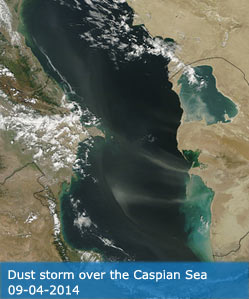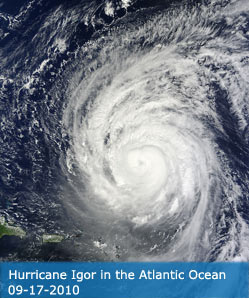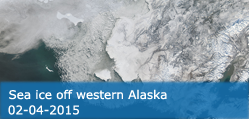Science Team
Publications
Xiao, M; Zhou, SG; Cheng, J (2025). Comparison of Three Temperature and Emissivity Separation Algorithms for Graybodies with Low Spectral Contrast: A Case Study on Water Bodies. REMOTE SENSING, 17(3), 455.
Abstract
The temperature and emissivity separation (TES) algorithm is currently adopted to retrieve the land surface temperature (LST) and emissivity (LSE) from Moderate Resolution Imaging Spectroradiometer (MODIS) images (i.e., the MOD/MYD21 product). Unfortunately, the TES algorithm often yields anomalous LSE spectra for graybodies with low spectral contrast. The MODIS TES algorithm does not effectively address this issue. To overcome this limitation, refined TES algorithms, including the optimized smoothing for temperature emissivity separation (OSTES) and the temperature and emissivity separation with nonlinear constraint (TESNC), have been proposed. Although these algorithms offer theoretical improvements, their performance has not been systematically validated using real MODIS data. This study evaluates the performance of three TES algorithms (MODIS TES, OSTES, and TESNC) in retrieving LST&E from MODIS data over six lakes on the Qinghai-Tibet Plateau, which serve as representative examples of low-spectral-contrast surfaces. Three years (2018-2020) of MODIS data from six lakes on the Qinghai-Tibet Plateau were collected to retrieve LST&E using three TES algorithms. Using the quality-controlled MODIS LST product (MOD11) as a benchmark, the TESNC algorithm achieved the highest accuracy, with bias and RMSE values of 0.18 K and 0.22 K, respectively, compared with the bias and RMSE values of 0.51 K and 0.53 K for the MODIS TES algorithm and 0.58 K and 0.60 K for the OSTES algorithm, respectively. In terms of LSE, the TESNC algorithm achieved an RMSE within 0.005 for all bands, demonstrating superior accuracy over the other algorithms. Overall, the TESNC algorithm significantly improved the accuracy of LST&E retrieval from MODIS for graybodies with low spectral contrast. This study is the first to systematically evaluate refined TES algorithms using real MODIS data over graybodies. The findings provide valuable insights for improving the MODIS LST&E product and advancing the retrieval of LST&E for low-spectral-contrast surfaces.
DOI:
10.3390/rs17030455
ISSN:
2072-4292




